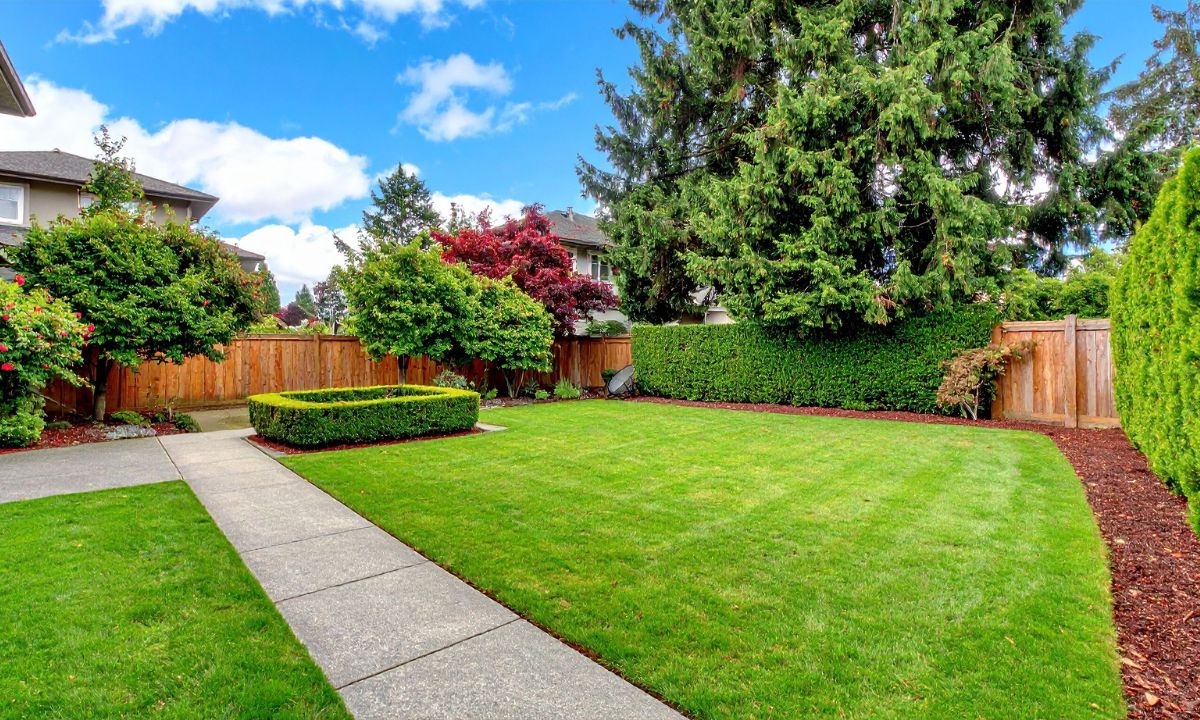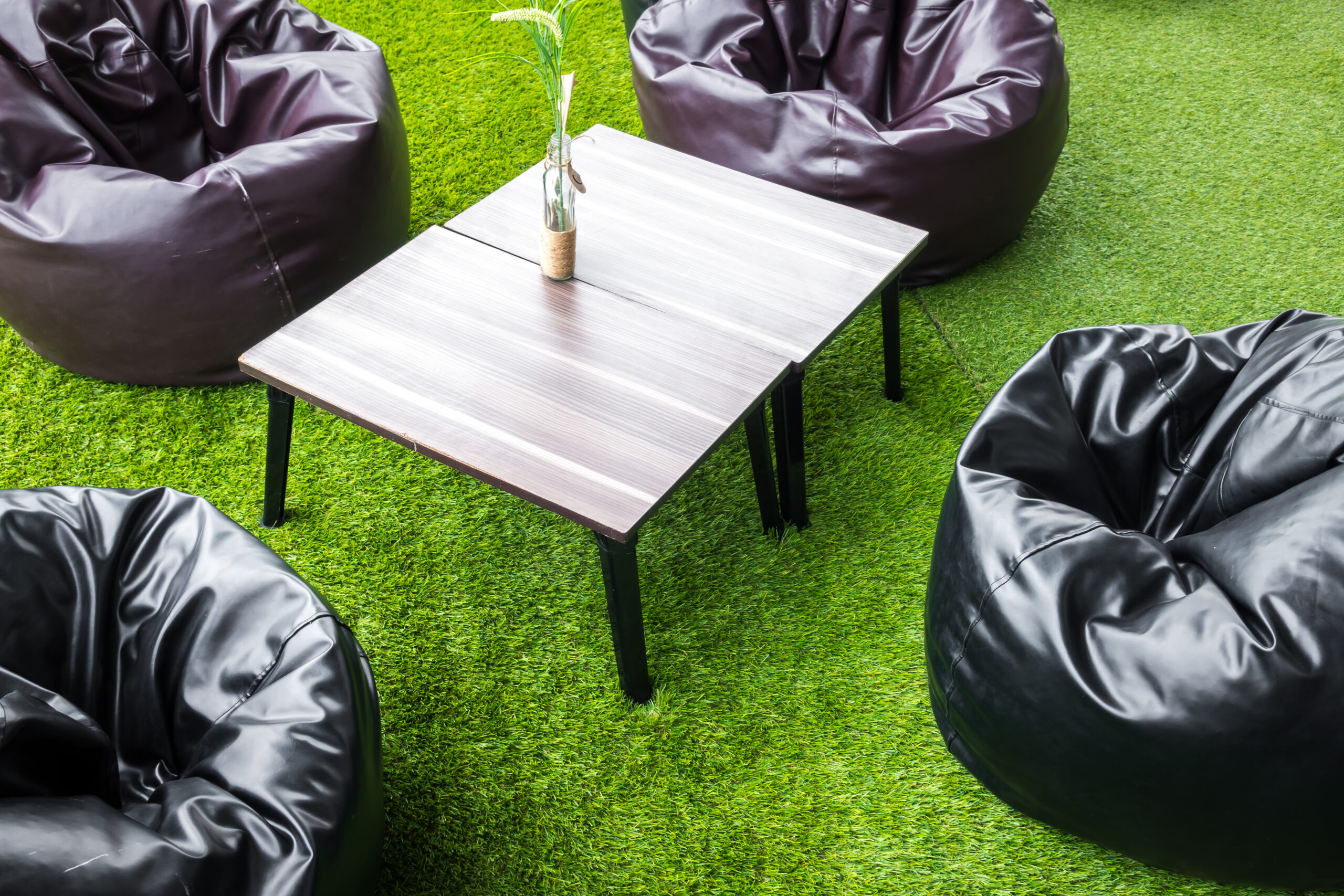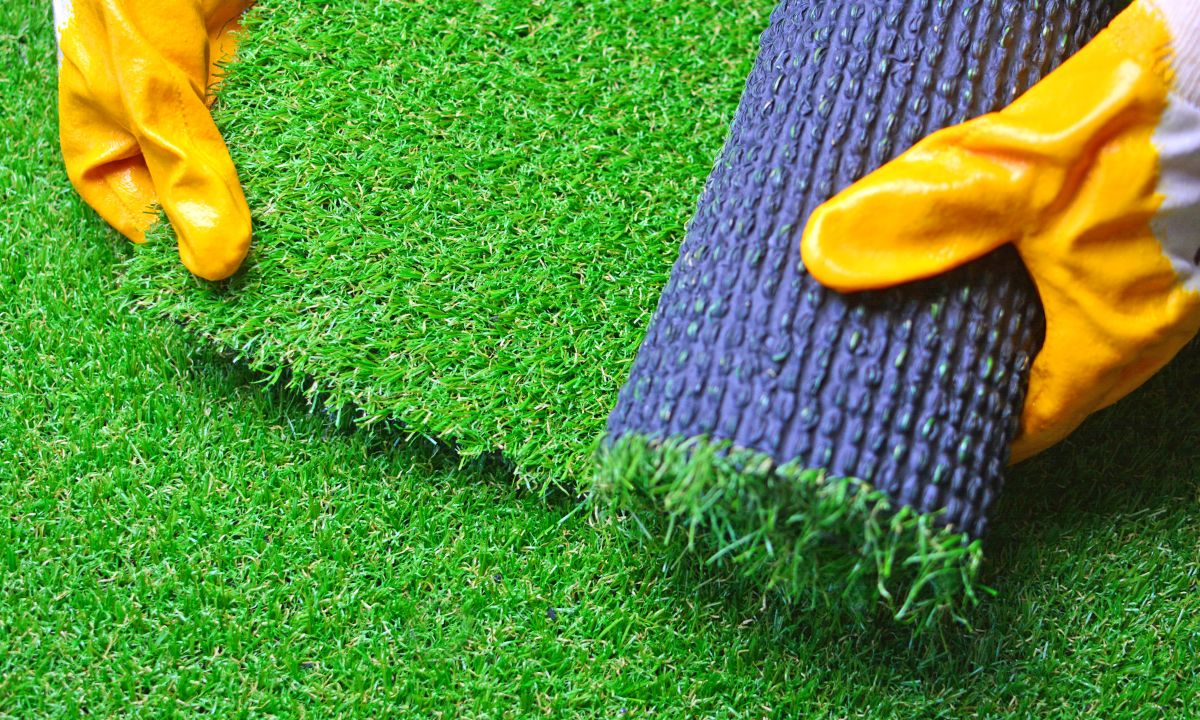
How Artificial Turf Holds Up in Heat & Sun: Durability in Tarzana
Living in Tarzana means enjoying plenty of sunshine and warm weather year-round — but that same climate that makes outdoor living so enjoyable can be tough on lawns. With soaring summer temperatures and intense UV exposure, maintaining natural grass in Tarzana can feel like a losing battle. Thankfully, artificial turf has become the go-to landscaping solution for homeowners seeking durability, beauty, and low maintenance, even under extreme conditions.
This blog explores how artificial turf performs in Tarzana’s heat and sunlight, what makes it so resilient, and how homeowners can ensure their lawns stay green and long-lasting.
Understanding Tarzana’s Weather: Heat and Sun Exposure
Tarzana, located in the San Fernando Valley, experiences a Mediterranean climate characterized by:
- Hot, dry summers with average highs reaching the mid-90s°F
- Low annual rainfall (less than 18 inches per year)
- Strong UV radiation due to clear skies and direct sunlight
These conditions create a harsh environment for natural lawns. Grass often turns brown or patchy during drought months, and water restrictions make irrigation even harder. For these reasons, synthetic turf in Tarzana is not just a luxury—it’s a practical, sustainable alternative.
How Artificial Turf Withstands Tarzana’s Heat
Modern artificial turf is engineered to resist heat damage and UV degradation, ensuring that your lawn looks fresh and green year after year. Here’s how it performs under the Tarzana sun:
UV-Resistant Fibers
High-quality artificial turf is made with UV-stabilized polyethylene or polypropylene fibers that prevent fading, brittleness, and color degradation. Even after years of sun exposure, the turf maintains its natural green tone.
Heat-Reflective Technology
Many newer turf products feature heat-reflective coatings or CoolBlade™ technology that reduce surface temperatures by up to 15–20°F compared to older turf models. This makes the grass comfortable for walking, even during midday heat.
Permeable Backing for Airflow
A perforated or breathable backing allows heat and moisture to dissipate, preventing the turf from trapping excessive warmth. It also improves drainage during occasional Tarzana rain showers.
Heat-Resilient Infill Materials
Using silica sand or coated infill instead of black crumb rubber helps minimize heat absorption. This ensures the surface remains cooler, especially in outdoor play or entertainment areas.
Materials That Maximize Turf Durability
Not all synthetic lawns are created equal. For Tarzana’s hot and sunny conditions, choosing the right materials makes a huge difference in long-term performance:
Artificial Turf Specifications:
-
Fiber Material:
-
Recommended Type: Polyethylene (PE)
-
Benefits: Soft, durable, UV-resistant
-
-
Backing Layer:
-
Recommended Type: Dual-layer polyurethane
-
Benefits: Strong adhesion, flexibility
-
-
Infill:
-
Recommended Type: Silica sand or TCool® infill
-
Benefits: Keeps turf cooler, prevents odor buildup
-
-
Pile Height:
-
Recommended Type: 1.5”–2”
-
Benefits: Ideal balance between appearance and resilience
-
High-quality turf can last 15–20 years, even with Tarzana’s intense sun exposure, making it a long-term investment in beauty and sustainability.
Maintenance Tips to Extend Turf Longevity
Even though artificial turf requires minimal upkeep, a few simple steps can help it perform even better under heat and sun exposure:
- Rinse periodically: Wash away dust and pollen that can build up under dry conditions.
- Brush the fibers: Use a stiff broom to keep blades upright and natural-looking.
- Avoid reflective surfaces: Position mirrors or windows away from the turf to prevent heat reflection damage.
- Use shade strategically: Install pergolas or umbrellas in high-traffic zones to reduce direct UV impact.
- Choose professional installation: Expert installers ensure proper infill distribution and drainage, which are key to turf durability.
The Bottom Line: Built for Tarzana’s Climate
Artificial turf is specifically engineered to handle Tarzana’s hot, sunny weather without fading, drying, or cracking. With modern UV-resistant materials, heat-reducing technology, and proper care, your artificial lawn can stay lush and green year-round — even through the Valley’s hottest summers.
Whether you’re upgrading your backyard, pool area, or rooftop space, professional artificial turf installation in Tarzana ensures long-lasting beauty and performance.
Frequently Asked Questions (FAQs)
- Does artificial turf get too hot in Tarzana’s summer?
High-quality turf with cooling technology and light-colored infill stays much cooler than older types. You can also reduce heat by watering lightly during peak hours or creating shaded zones.
- Will artificial turf fade or discolor under constant sunlight?
No — premium synthetic grass is made from UV-resistant fibers that protect against fading, keeping your lawn green and vibrant for years.
- How long can artificial turf last in Tarzana’s climate?
With proper installation and light maintenance, artificial turf typically lasts 15–20 years, even with heavy sun exposure and heat.
- Can I install turf near patios or pool decks where it gets very hot?
Yes. Just choose turf with heat-reflective technology and proper infill. It’s ideal for patios, pool areas, and entertainment spaces.
- What’s the best way to keep turf cool during summer?
Use silica or TCool infill, provide partial shade where possible, and lightly rinse the surface with water during peak afternoon hours.
Final Thoughts
For homeowners in Tarzana, artificial turf is the perfect landscaping solution that stands strong against sun, heat, and time. It combines beauty, durability, and sustainability — all while saving water and reducing maintenance costs.
If you’re ready to enjoy a vibrant green lawn year-round, reach out to Artificial Turf California for professional installation and expert advice tailored to Tarzana’s climate




